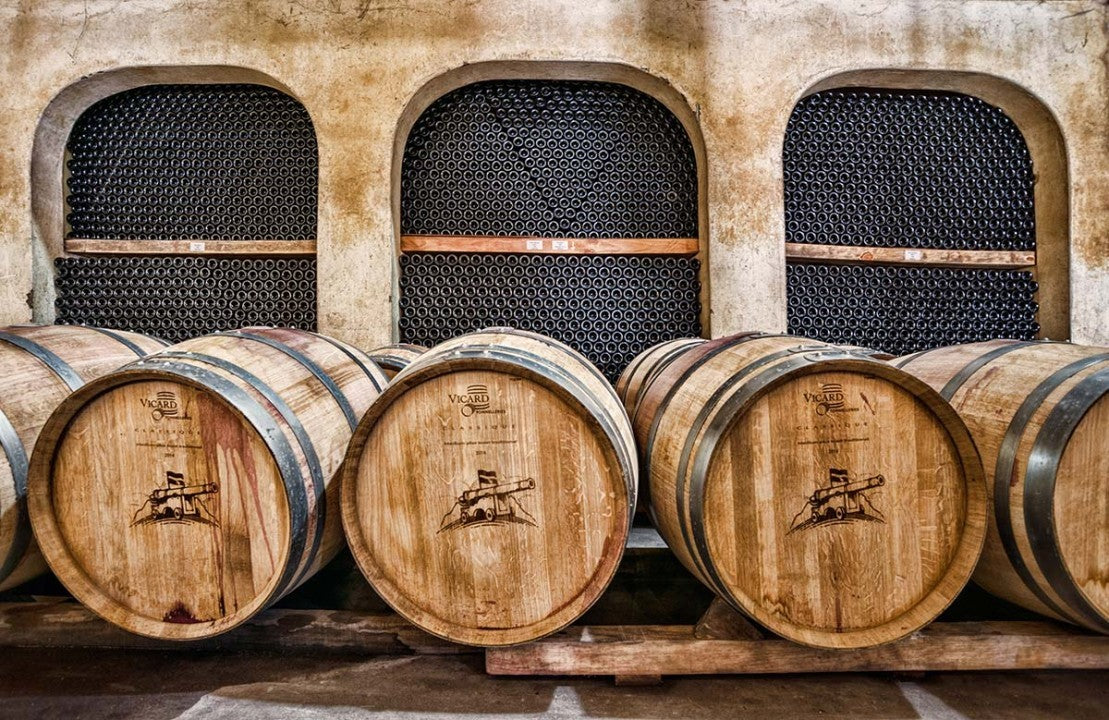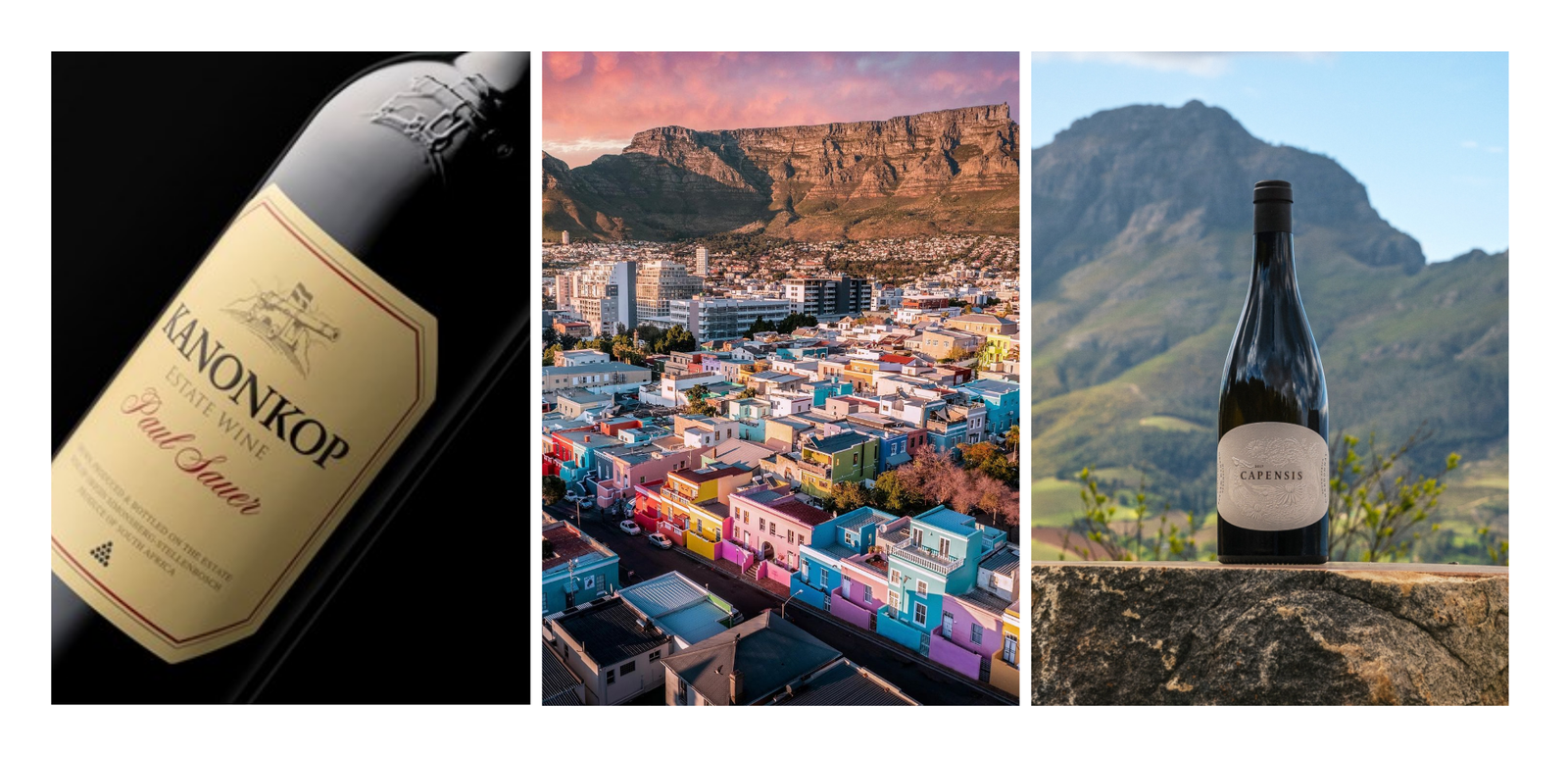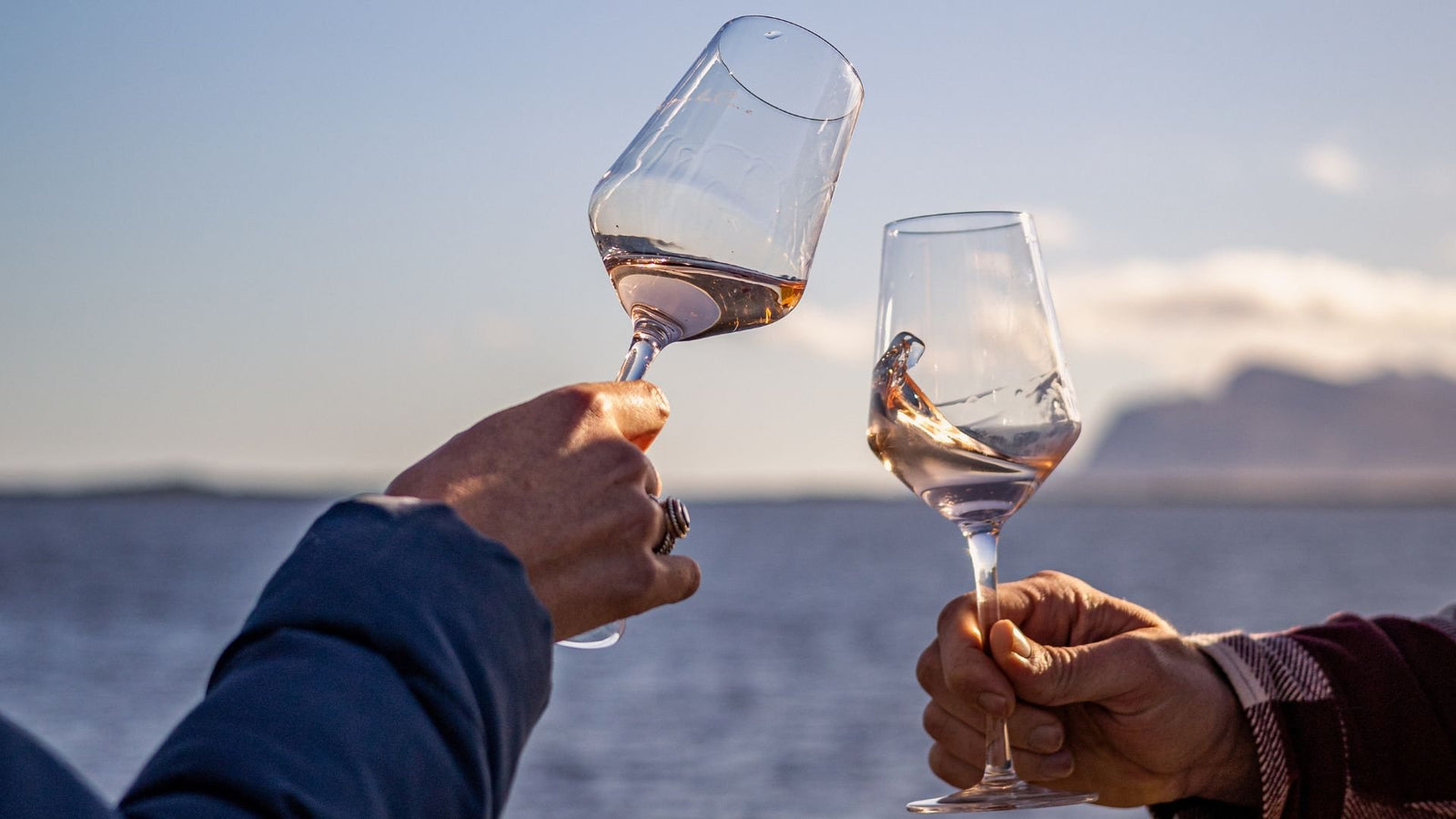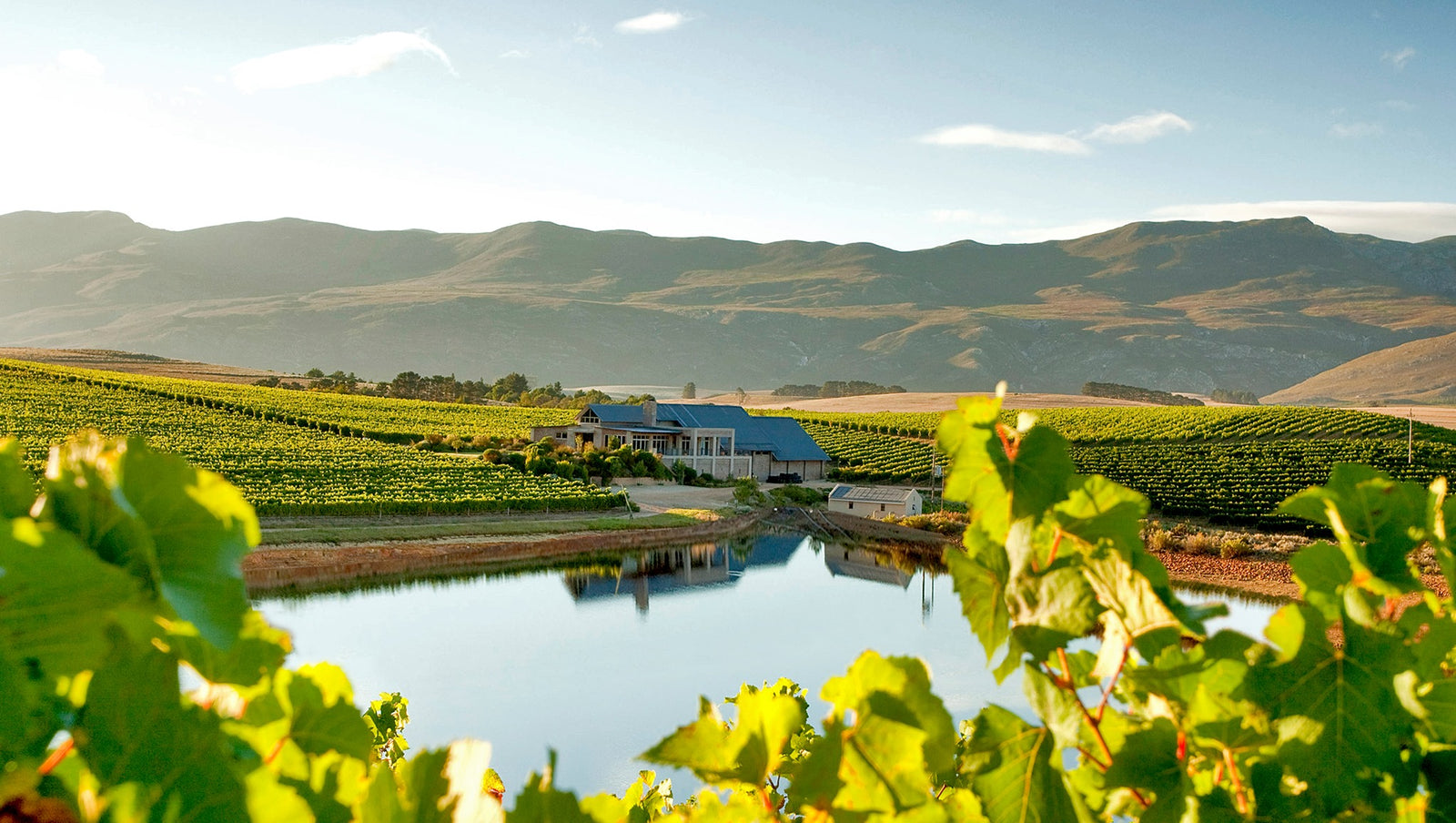Wine enthusiasts often discuss the joys of aging wines in a cellar, but what exactly does “cellaring” mean? Essentially, cellaring is the act of storing wines in a temperature-controlled environment for a period, allowing the wine to develop complex and nuanced flavours over time.
While many wine lovers assume that cellaring is reserved for expensive bottles, however the truth is that any wine can benefit from proper aging. In fact, some lower-value wines can be great candidates for cellaring due to their robust tannins and high acidity. In this blog post, we’ll explore the ins and outs of cellaring wines, including which wines are best suited for aging and how to properly store your bottles for optimal flavour development. We will also look at some South African wines that are cellar-worthy and provide examples of both low-value and expensive wines that are worth cellaring.

South African Chardonnay produced by Capensis Wines
First, it’s important to understand what happens to wine as it ages. Over time, the tannins in the wine will soften, leading to a smoother and sometimes more complex mouthfeel. The primary fruit flavours in the wine will begin to fade, making way for more complex secondary flavours like leather, tobacco, and earthy notes in red wines. The acidity in the wine will not decrease, but will be perceived differently due to the reactions between alcohol and acidity, leading to a less tart or sharp taste and a more integrated overall flavour profile.
While all wines will change with age, some wines are better suited for cellaring than others. Generally speaking, full-bodied, tannic wines are the best candidates for aging, as their robust structure will allow them to continue developing over time. Some examples of wines that are often aged include Cabernet Sauvignon, Bordeaux blends, Barolo, and Rioja. These wines are known for their high tannin content, which gives them the ability to age gracefully and develop complex flavours over time.

Kanonkop Wines
That being said, there are plenty of lower-value wines that can also benefit from cellaring. These wines often have bold, fruit-forward flavours and high tannin content, making them excellent candidates for aging.
In South Africa, there are many wines that are cellar-worthy, regardless of their price point. Here are some examples of both low-value and expensive South African wines that are worth cellaring.
Low-Value Wines:
- Cederberg Chenin Blanc: This Chenin Blanc is an excellent value wine that is perfect for cellaring. It has a bright acidity and a long finish, which means it will develop complex flavours over time.
- Stellenrust Barrel Fermented Chenin Blanc: Another Chenin Blanc that is worth cellaring, this wine has a rich, full-bodied texture and a complex flavour profile that will develop over time.
- Springfield Whole Berry Cabernet Sauvignon: This Cabernet Sauvignon is a great value wine that is perfect for cellaring. It has a bold, full-bodied flavour profile with robust tannins, making it an ideal candidate for aging.
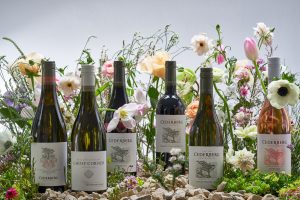
Cederberg Wines
Expensive Wines:
- Meerlust Rubicon: The Meerlust Rubicon is a Bordeaux-style blend that is known for its aging potential. It has a complex flavour profile with notes of black currant, tobacco, and leather, which will continue to develop over time.
- Kanonkop Paul Sauer: The Kanonkop Paul Sauer is a Cabernet Sauvignon-based blend that is a favourite among collectors. It has a bold, full-bodied flavour profile with firm tannins, making it perfect for aging.
- Boekenhoutskloof Porseleinberg Syrah: The wine has a restrained opulence, red fruit with quite a bit of pepper for the first time. The tannins are crunchy with grip and carry the fruit well. Savoury, spicy finish and some salty minerality.

Kanonkop Paul Sauer
Of course, not all wines are meant to be aged. In general, lower-value lighter-bodied wines, specifically in the Pinot Noir and Beaujolais realm should be consumed within a few years of their vintage date, as their delicate flavours will not stand up well to extended aging. Of course, this is a blanket statement and there are many examples of Pinot Noirs that age beautifully. Similarly, white wines and rosés are generally not aged, as they lack the tannin structure needed for long-term cellaring.
So, how do you go about storing them properly? The most important factor when it comes to cellaring is temperature control. Wines should be stored in a cool, dark place with a consistent temperature between 14-18 degrees Celsius. Fluctuations in temperature can cause the wine to expand and contract, which can damage the cork and lead to oxidation. Additionally, storing wine in a brightly lit area can lead to “light strike,” which can cause off-flavours in the wine.

Rustenberg Cellar
Humidity is another important factor to consider when storing wine. If the humidity is too low, the cork can dry out and allow air to seep into the bottle, causing oxidation. Conversely, if the humidity is too high, the labels can become damaged, and the wine can develop mould. Ideally, wines should be stored in a space with 70-80% humidity.
Finally, it’s important to store wines on their sides, as this keeps the cork moist and prevents it from drying out. If the cork dries out, it can shrink and allow air to seep into the bottle, causing oxidation.
Cellaring wine is a practice that can result in truly exceptional flavours and aromas for those that have patience and can resist the calling of the corkscrew. While it’s true that some expensive wines are ideal candidates for aging, there are also many low-value wines that can benefit from cellaring. Tell us about your experience with cellaring both entry-level and expensive wines.
Credit:
- www.the-buyer.net
- Kanonkop Wines
- Rustenberg Wines
- Cederberg Wines

